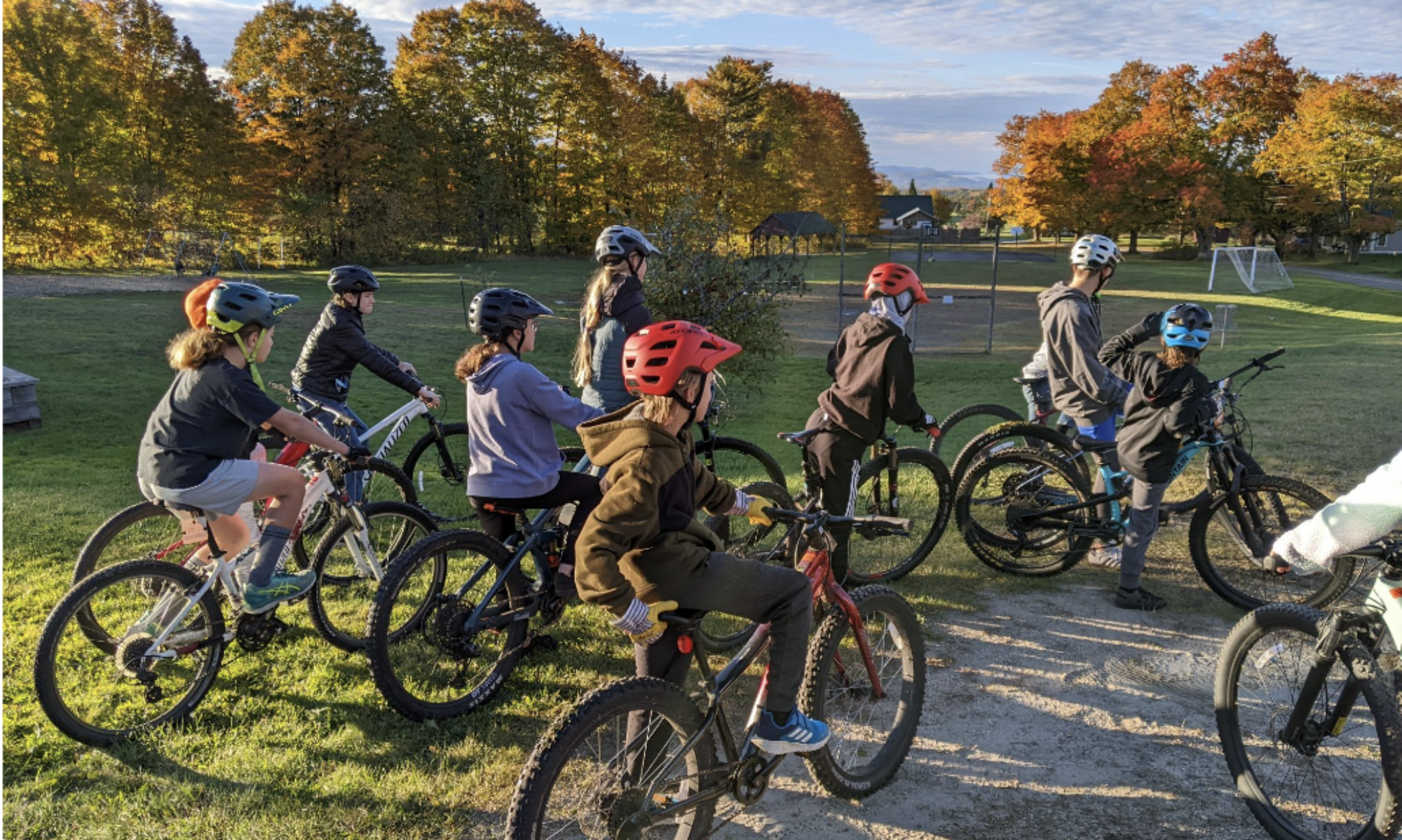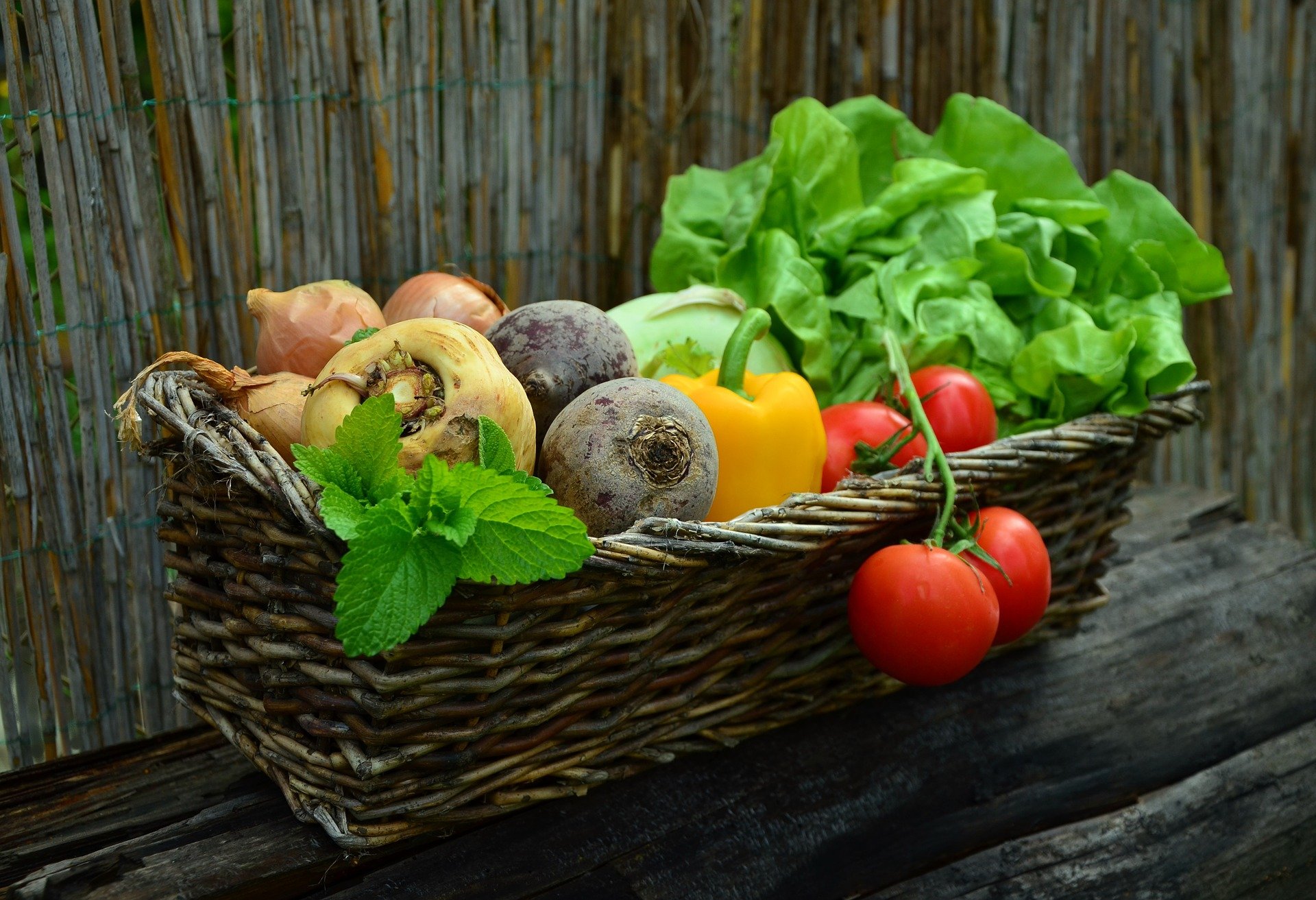Signs of spring surround us: snow is melting, the days are lengthening, and the mud has returned. So it must be time to think about school gardens! School gardens have become increasingly popular over the past few years, and for good reasons. They’re highly engaging, and ripe with educational opportunities, ha ha. But did you know you can also plant a personalized learning garden?
Why school gardens?
School gardens present fantastic learning opportunities. They’re part of a larger Farm to School movement that’s seeking to improve the health of students, food systems, communities, and local economies in one comprehensive strategy. And we know it’s working!
We know hands-on experiential learning is great for students. School gardens offer opportunities for students to dig into science, math, social studies, and language arts, but they also provide a ton of great opportunities to develop a wide array of other skills we’re seeking to cultivate: problem-solving, perseverance, goal setting, planning, reflection…you get the idea.
Why now?
And right now, they are especially well suited to our current situation.
With food insecurity increasing across the country, growing food with students will not only provide food for your community but will also provide students with an invaluable life skill. One they can depend on in the future. And while we might be nearing the end of the pandemic, we’re not quite there yet. As we discovered in the fall, moving learning outside is a brilliant idea— and something we hope you keep doing even when we’re all more comfortable in close quarters.
Students across the InnovativeEduverse are digging in. They’re connecting learning to the food system.
In Cornwall VT, students undertook a Farm to School journey explicitly to understand more about how and where their food came from.
With the help of their community, middle schoolers at Essex Middle School built their own sugaring operation on school grounds. They negotiated the planning permits, the construction, and keep it running to this day.
Then, students in Dorset built a chicken coop so they could provide fresh eggs to the school cafeteria. And finally, students at the Burke Town School, in West Burke VT, undertook projects tied to the UN Sustainable Development Goals. Result!

Are you ready to dig in?
The Farm-to-School movement has already provided a bounty of amazing school garden resources, such as:
Wherever you are in your school garden journey, a quick internet search leads you to troves of amazing ideas. But how can a garden fit in with effective personalized learning?
Story time: School gardens as personalized learning
As the warm spring sunshine permeates the classroom, Ms. E and her 6th grade students gaze out the window, longing for outside. They return their attention to morning meeting for the prompt:
What are you looking forward to this spring?
One student, shares about her family’s sugaring season, and how they’ve also just planted tomato and pepper seeds. Next, in the Q&A, other students share memories of gardening with parents and grandparents and savoring the taste of cherry tomatoes plucked fresh from the vine.
Another student reminisces about the garden his class took care of at his old school. A few other students recall their elementary school gardens.
Ms. E gets an idea.
“What if we had a garden here?” she wonders aloud.
Affirmative murmurs ensue. Ms. E is thinking about how she might tie the school garden to her Humanities curriculum. An information writing unit is coming up, and students have already identified goals in their PLPs they can tie in.
The following day, the class uses more of the morning meeting to think together about why, how, and what a school garden a Mountain Maple Middle School might look like.
By early the next week, two students write out a proposal to bring to the principal. Another pair research climate and USDA zones, while still others plot out a location for the garden in the sunny area behind the softball field.
Ms. E has connected with her teaching team. Mr. D, the science teacher, and Mx. W math teacher are totally on board. They’re considering how they might tie in some STEM standards to this student-led project. They all consider how to flex the schedule to build more time for this collaborative project.
The students are thrilled when the principal gives the go ahead.
Now things swing into action. With a little coaching from their teachers, the students begin to self-organize. They form a Landscaping Team, a Research Team, an Outreach Team, and a Documentation Team to start. Malcolm is psyched because he loves making videos for YouTube, and now he can meet his PLP goal of becoming a YouTuber. Lola and Ulti are writing progress entries on the class blog, and Ruben and Sonni are working with Mx. W on a grant proposal.
By the time the mud outside begins to dry, this class has turned the soil outside. They’re almost ready to plant.
It’s amazing how much 15 adolescents and a broadfork can get done in 20-minute installments…
(Cue the credits)
Oh, I could go on and on. And we’re just getting started. But you get the idea.
Where did personalized learning show up in that little vignette?
- student voice
- co-designed curriculum
- project-based learning
- service learning
- team teaching.
It’s everywhere.
A garden can be so much more than a garden. It can be a way to get outdoors, partner with students on an engaging project, and even contribute in a meaningful way to the community. It can be a personalized learning garden.
Starting small
While that story might be inspiring, it might be a long-term vision if you’re just getting started.
Beginning with a small and manageable-yet-engaging project is an easy start. Grow and plant flowers in the existing beds in front of your school. Do some future planning for a garden site, or explore soil science and play in the dirt. Build off students’ home gardening experiences, and bring their (and their families) expertise in to help you get started.
Another great project? Grow A Row, where you plant an extra row of veggies to be donated to your local food shelf.
Start with you
Of course the best way to get this project off the ground is to turn it over to your students. Let them tell you about themselves as gardeners, record-keepers, horticulturists and chicken-coop-constructors. But if you’re looking for a way to dig deeper into the connections between personalized learning and gardening and sustainability, we highly recommend taking the summer to grow your own knowledge with these courses from Shelburne Farms:
- Foundations of Education for Sustainability (starts July 6) and
- Methods of Education for Sustainability.
Need a smaller first step?
Start seeds in the classroom and send them home when they’re ready to be transplanted — after you’ve researched, measured, and documented all the amazing transformations they’ve undergone since you planted them.
Anything goes, really. But mud and grass and sunshine should be involved whenever possible.
How does your personalized learning garden grow?



This is one of the best sites I have found on the internet until now. Nice article keeps going.
This is among the top websites I have so far discovered online. Continued good writing.
best online betting site provide a wide range of options, from sports betting to casino games, catering to diverse player interests. These platforms are designed for ease of use on both mobile and desktop, ensuring a smooth and secure betting experience. With competitive odds, real-money wagers, and exciting bonuses, top betting sites offer a reliable and enjoyable environment for users.